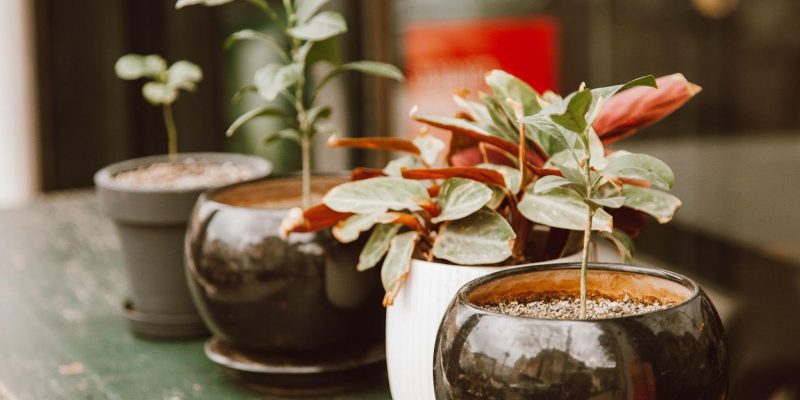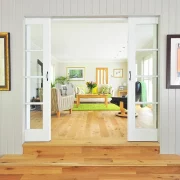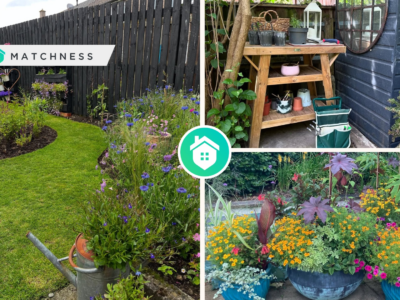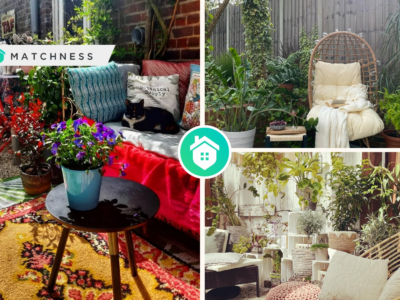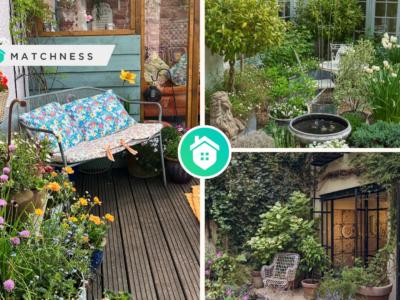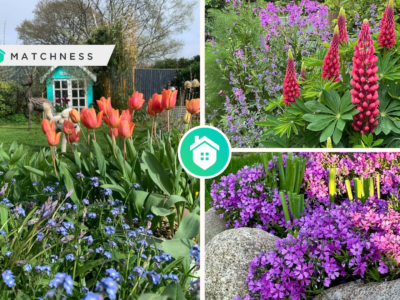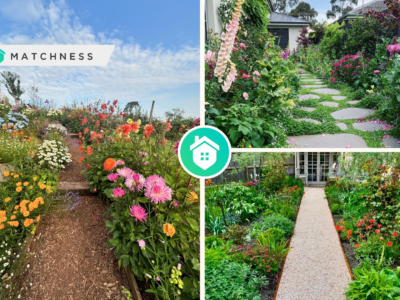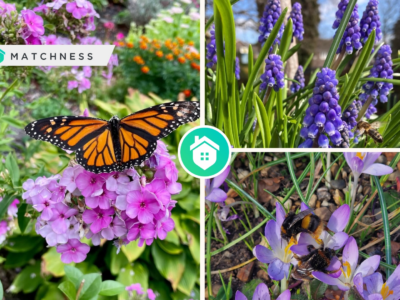When looking for a plant pot, there are two things you need to consider from the get-go: size and material. If this is your first time repotting with new pots, below are some tips to find the best pot for your houseplants.
Does pot size matter for indoor plants?
Yes, it does. Because all houseplants are not created equal. Some grow small and will fit right on your desk or on the shelves. While some will grow relatively tall, but will still fit in your house and the corners of your room.
The difference in stem and root size of various house plants will automatically affect your buying decisions when it comes to pot sizes.
If you’re currently on the repotting stage, and it’s your first time doing it, just buy the pots that are an inch wider than the root mass of your plant.
But if you’re repotting a plant that grows faster than normal, it’s safe to buy a pot that’s four inches larger than its current root mass.
Purchasing wider pots will certainly give your houseplant more room to grow and stretch its roots.
Below is a quick guide of plant pot sizes that are most likely available in your local hardware or gardening shops.
- 10-inch pots – if you want to grow succulents, carrots, lettuces, and other herbs, this size is perfect. It can hold up to three gallons of potting soil.
- 14-inch pots – this is also perfect for leafy plants like kale, cabbage, chards, spinach and so much more.
- 18-inch pots – this size is the best for those who want to grow their own food. Veggies like broccoli, cauliflower, pepper, eggplants, and tomatoes will fit perfectly in these pots.
- 24-inch pots – this is the best way to go if you want to build a mini jungle in your garden. These pots can handle huge houseplants with a massive root system. When buying these spots for large house greens, also check the height of the pot to be sure.
What plant pot material should you choose?
There are four major types of plant pots that are widely used all over the world. And they are classified according to the materials used to make them.
These four types are plastic, red clay or terra cotta, ceramic, and baskets.
While there is no huge difference between these types, aside from aesthetics, it’s still necessary to consider which one you’re going to need.
Plastic Pots
These pots are probably the most popular type of plant pot. It’s mainly because they’re incredibly cheaper than the other options. Plus, they’re also more lightweight than the other ones.
If you’re just a newbie in gardening, plastic pots are the best for you. They’re also widely available and used by local garden shops and the best florist delivery Melbourne. So you can buy them almost anywhere!
Terracotta Pots
Red clay pots are perfect for succulent lovers. Succulents are a drought-tolerant plant species so they’ll need pots that are naturally porous.
Red clay pots absorb more water from the soil compared to other materials. Once the water is absorbed, it dries out naturally.
Ceramic Pots
Glazed ceramic pots are the ultimate vibe when it comes to gardening. Their chic and elegant-looking style can easily transform your garden into a zen garden.
Unfortunately, they come with a few cons. They’re much heavier than the ones on this list, and they come with a heftier price tag. But if budget is the least of your concerns, then go for these posh plant pots!
Hanging Baskets
Hanging baskets are not pots in a traditional sense. But this type of plant pot has recently made waves on the internet for its aesthetically pleasing vibe.
They’re perfect if you want to bring in some indoor plants into your room but don’t want to give up some real estate on your floor or the shelves.
You can hang them on the ceiling near the window for indirect sunlight. Just be sure not to put anything below it that can easily be damaged by water droplets.


